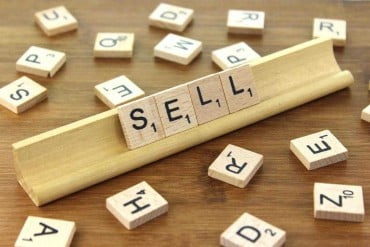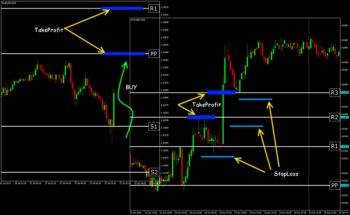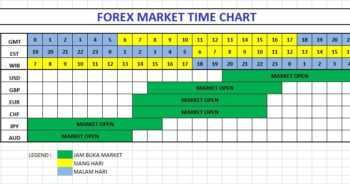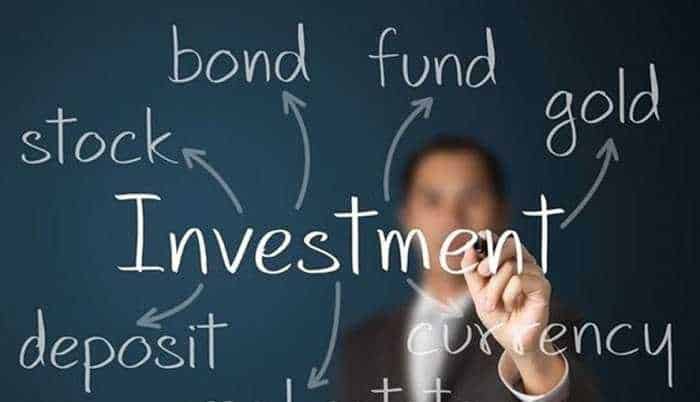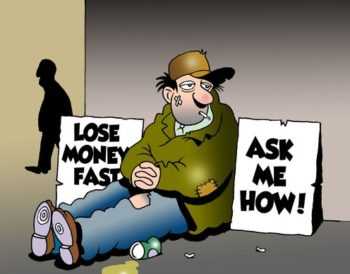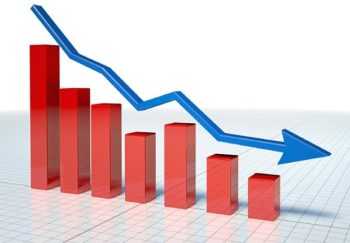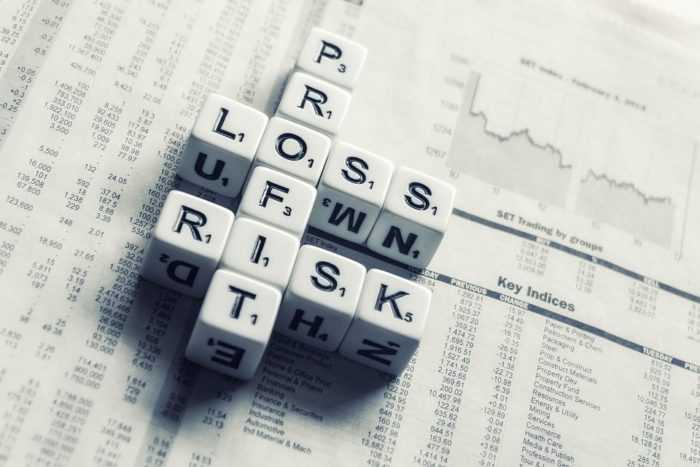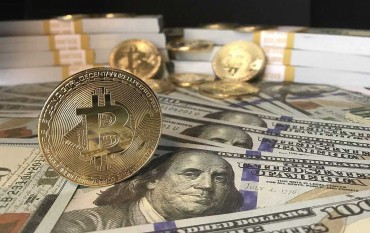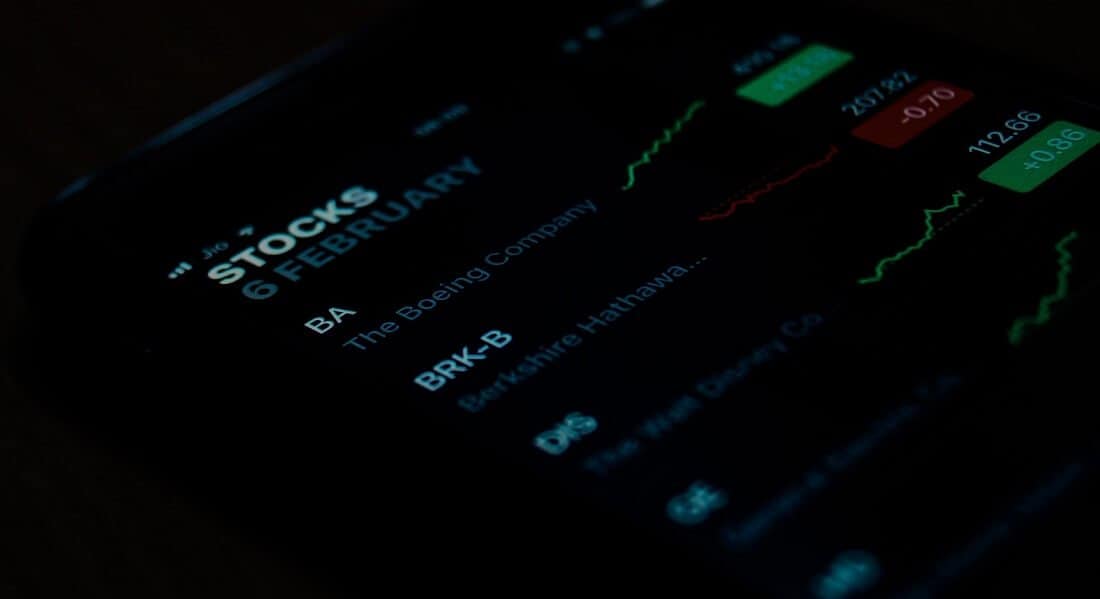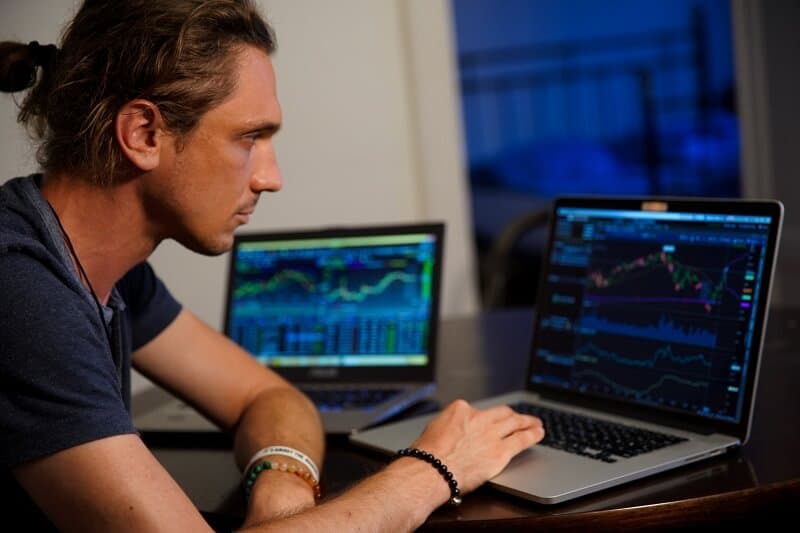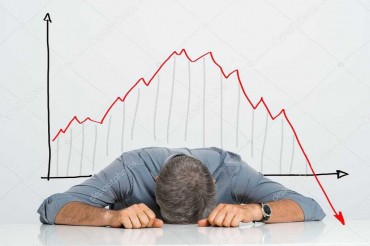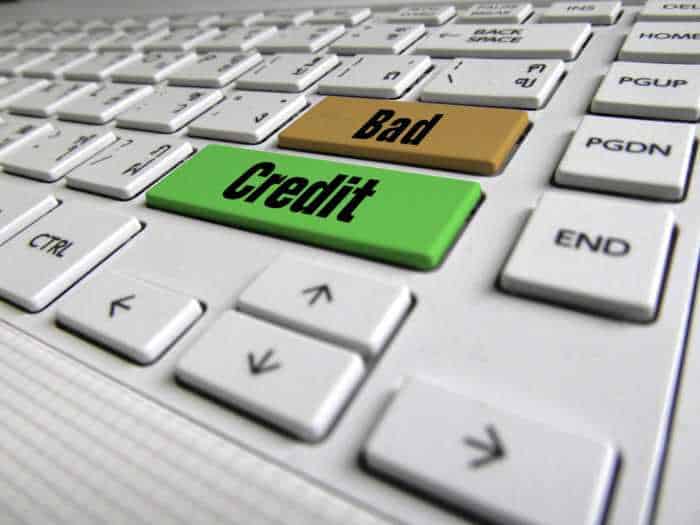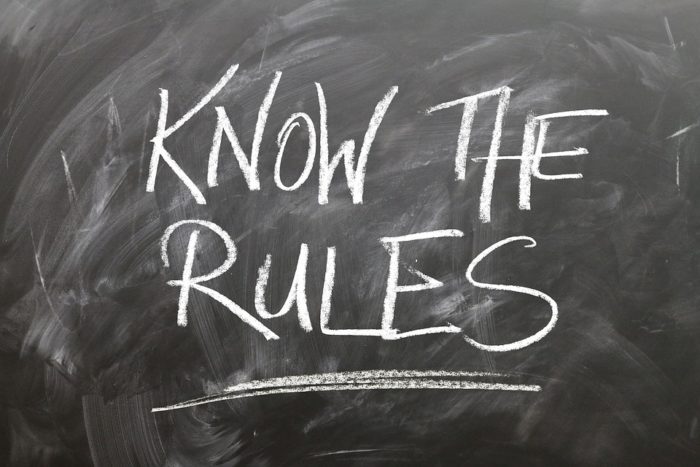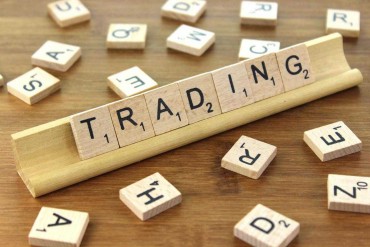3 min read

Are you tired of being scammed, fake script?
Do you wanna earn?
But you want secret strategy 100% working, real and very legit.
Yeah!
How much money you can make?
Can you become a millionaire through Forex trading?
Well, the answer is YES and NO.
I am not saying that it is impossible to make millions with Forex. It is.
But if you want to turn a $500 or even a $5000 account into millions, then I have to tell you that you will have a hard task.
Yes, I know. You’ve heard of traders making millions in the financial markets.
But it is not good to compare yourself with them.
Why is that?
Because you’ve got different account size, risk affinity, risk management, trading strategy, and etc.
So is it possible to get rich trading forex? Absolutely!
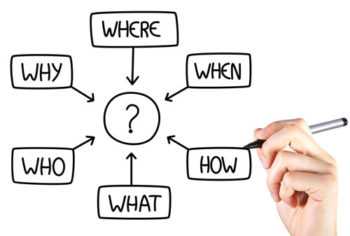
But you need to keep some things in mind before you try it. Many people want to get rich trading forex and there is no doubt it offers the potential to do so but most fail. Forex trading is risky we know that already but with risk goes reward. If I want to explain how much money can you make from forex trading I have to do it with objective measures.
Just statistics, numbers, and the cold hard truth.
Are you ready?
In your trading the most important thing is metric. If you only win 20% of the time and you can have a 1 to 2 risk to reward on your trades, you will be a consistent loser.
It is obviously your risk to reward isn’t the answer. What else can be? Your win rate maybe?
Let’s see.
You have a 90% win rate but if you lose $0.95 for every dollar you risk, you will also be a constant loser.
So, where is the catch?
Your risk to reward and win rate is meaningless on its own. You must combine both your win rate and risk to reward to establish your profitability in the long run.
This is known as your expectancy. That will give you an expected return on every dollar you risk.
Mathematically it can be expressed as:
E= [1+ (W/L)] x P – 1
NOTE:
W means the size of your average wins
L means the size of your average loss
P means winning rate
You have made 10 trades, 6 were winning and 4 were losing trades. That leads you to your percentage win ratio is 6/10 or 60%.
If your six trades brought you a profit of $6,000, then your average win is $6,000/6 = $1,000. If your losses were $3,200, then your average loss is $3,200/4 = $600.
Apply these to the expectancy formula:
E= [1+ (1 000/800)] x 0.6 – 1 = 0.35 or 35%.
This means, the expectancy of your trading strategy is 35% and your trading strategy will return 35 cents for every dollar traded over the long term.
On the other hand, most of the casinos work 24 hours a day, 365 days a year.
The reason is the more they play, the more they make. And it’s the same for trading. You must PLAY more to WIN more.
The frequency of your trades matter.
However, the more trades you put on, the more money you will make (while having a positive expectancy).
Let’s see how important this is.
You have a forex trading strategy that wins 70% of the time, with an average of 1 to 3 risk to reward.
But it only has 2 trading signals a year.
How much money can you make from this forex trading strategy?
Not a lot, am I right?
Well, you might even lose in that year since there’s a 9% chance of losing two trades in a row.
As you can see the frequency of your trades is important but it’s not enough to determine how much money you can make in forex trading.
There are a few more factors that play a crucial role.
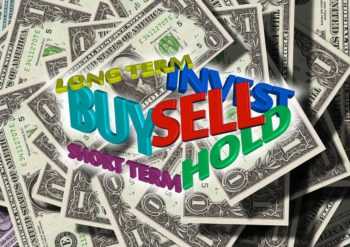 I’m sure you heard a lot of stories where a trader took a small account and trade it into millions within a short time. But you have to know that for every trader that attempts it, thousands of other traders blast their account.
I’m sure you heard a lot of stories where a trader took a small account and trade it into millions within a short time. But you have to know that for every trader that attempts it, thousands of other traders blast their account.
Let’s not treat trading as get – a – rich – quick – scheme. Treat it as a business you’re looking to grow it constantly over time.
Let’s say that can result in 20% a year (on average).
If your account is a $1000 you’re looking at an average of $200 per year.
Your account is a $1m, you’re looking at an average of $200,000 per year.
Or your account is a $10m, you’re looking at an average of $2,000,000 per year.
Let’s say it is the same strategy, same risk management, and same the trader. The capital of your trading account is the only difference.
No matter what strategy or system you’re using, the bottom line is you need money to make money in this business. Period!
Because your bet size determines how much you can make.
How?
The bigger you risk, the higher your returns.
Let’s say your trading strategy has a positive expectancy and trigger a return of 20R per year. And you have a $100,000 trading account.
How much can you make from your trading?
This depends on how much you’re risking per trade.
If you risk $1000, you can make an average of $20,000 per year.
Or if you risk $3000, you can make an average of $60,000 per year.
And if you risk $5000, you can make an average of $100,000 per year.
This is the same strategy, same account size, and same the trader.
The only difference is your bet size (or risk per trade).
But…
If your bet size is too large, the risk of screw up becomes a real possibility. That is to say, you have a higher risk of detonating your trading account and it will reduce your expected value.
So, how much money can you make from Forex Trading?
However, it depends do you withdraw or compound your returns.
If you make an average of 20% a year with a $10,000 account, after 20 years you will have $383,376.00.
But if you withdraw 50% of your profits each year you will make an average of 10% a year and after 20 years you will have $67,275.00 on your account.
So, It is clear enough that compounding your returns will generate the highest return.
But is it workable or not depends on how you manage your trading business.
OK, you’ve learned the main factors that define how much money can you make from forex trading.
Now, let’s see how to use this knowledge and figure your potential earnings.
Example:
Trading expectancy – 0.2 (or 20%)
Trading frequency – 200 trades per year
Account size – $10,000
Bet size – $100
Withdrawal – None
Now implement this formula: Trading expectancy * Trade frequency * Bet size.
And you will get:
0.2 * $100 * $200 = $4000
You see?
To sum up, you can expect to make an average of 40% a year.
And the answer is, there’s no one factor that determines how much money you can make in forex trading.
You must look at these 5 and monitor and assess the success or failure of various processes
1. Trading expectancy
2. Trading frequency
3. Account size
4. Bet size
5. Withdrawals
Then implement formula: Trading expectancy * Trade frequency * Bet size.
In this way, you will have an objective measure of how much money you can make in forex trading.
Read this too: Best Forex Brokers UK FCA Regulated


